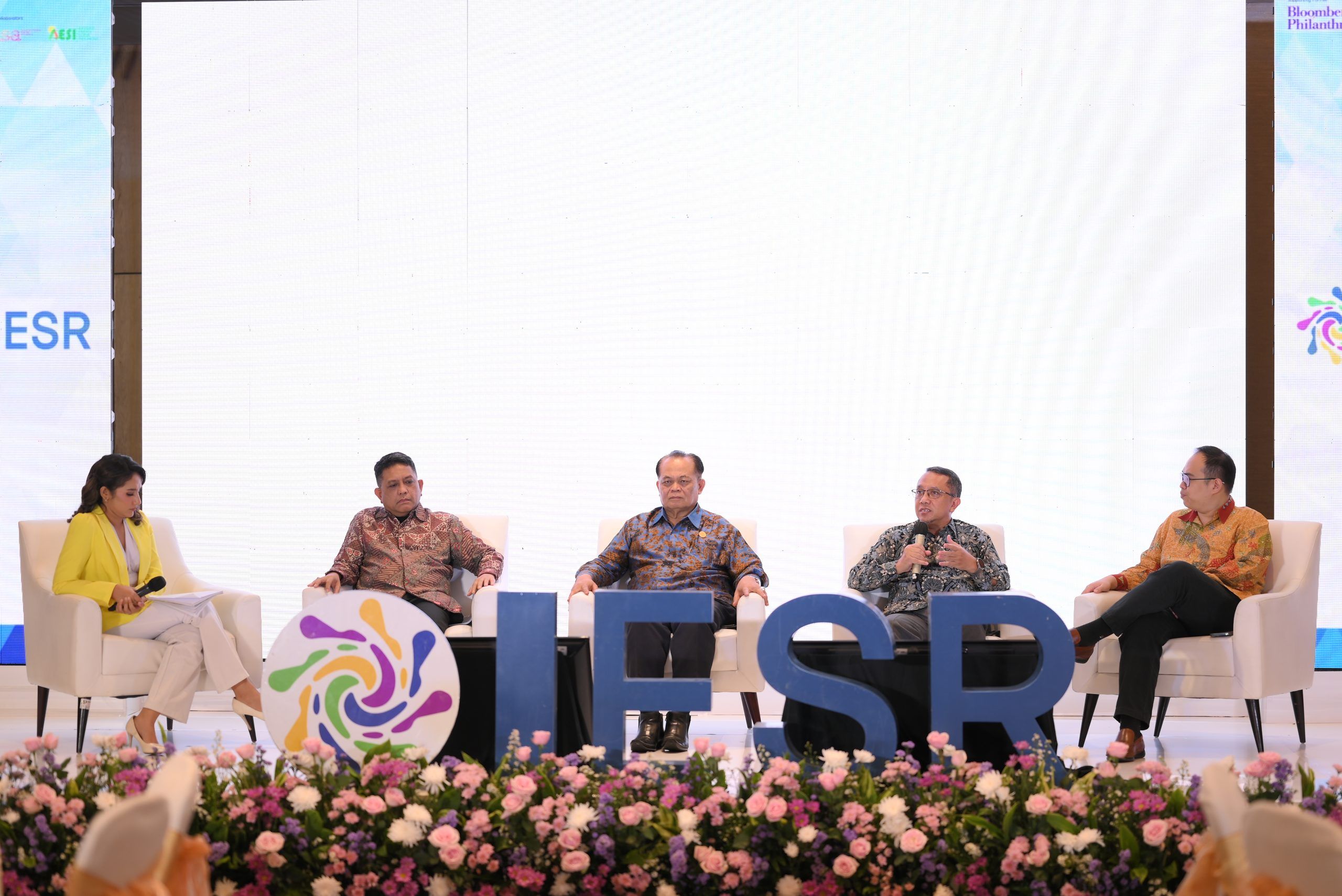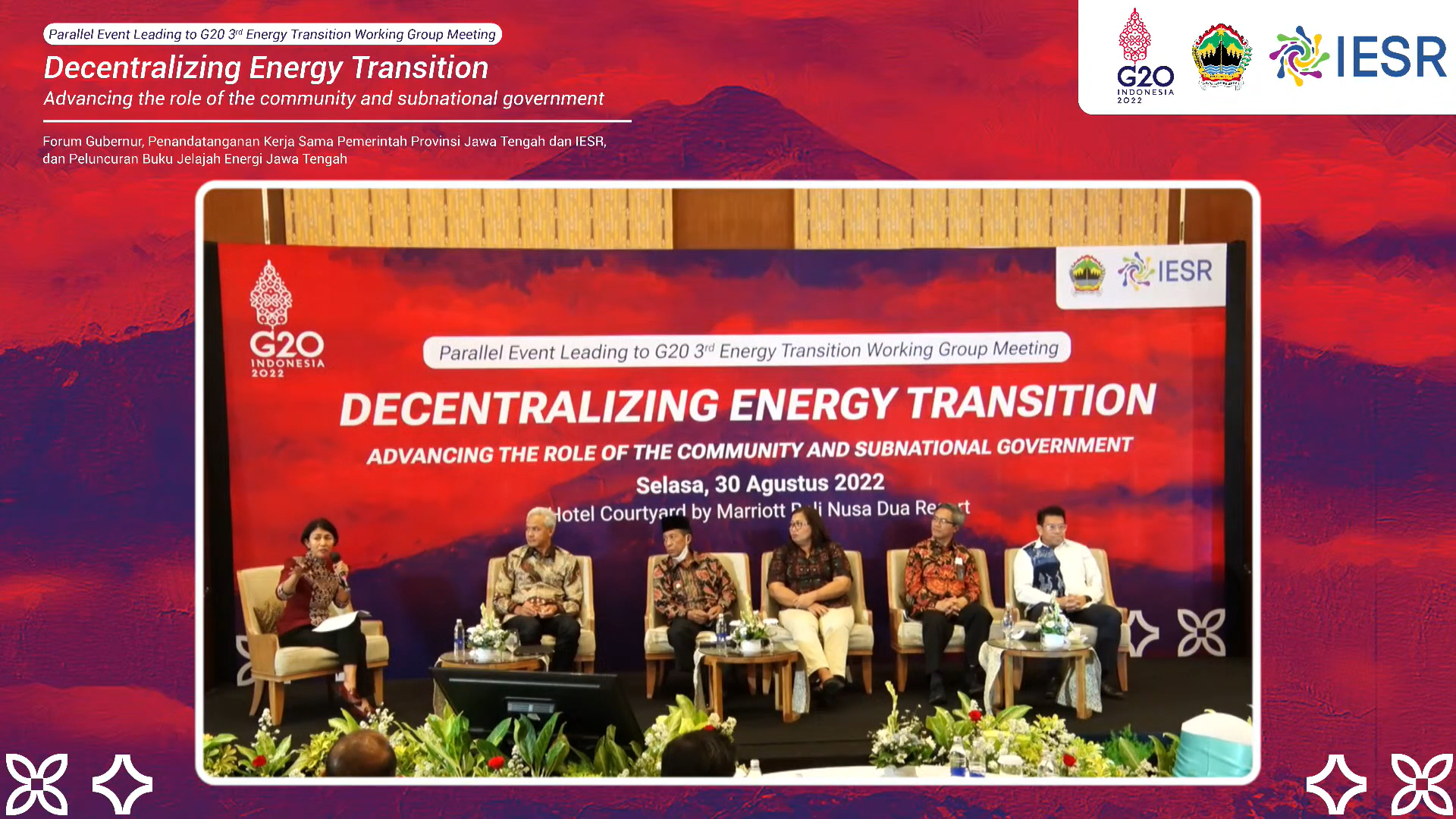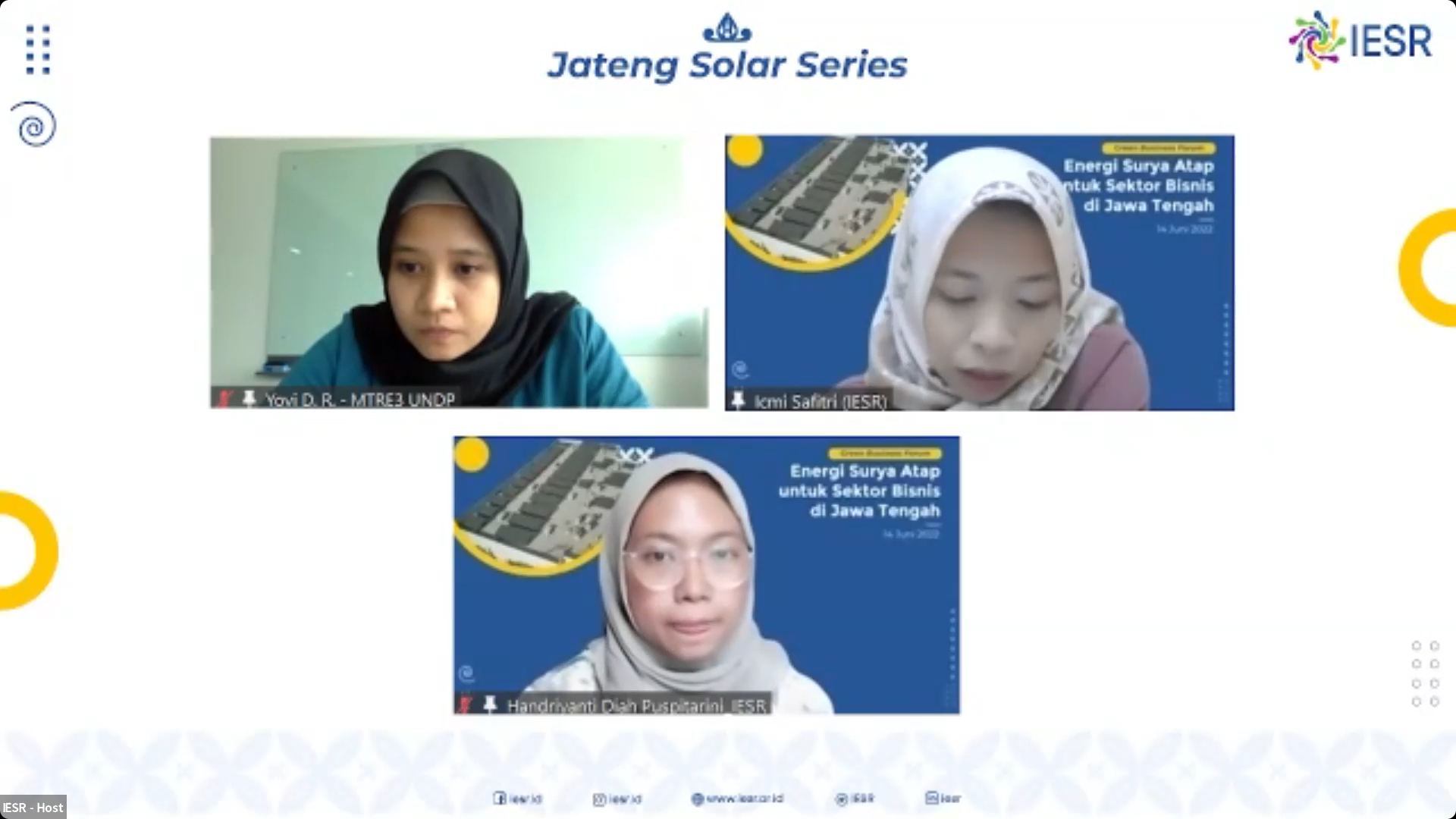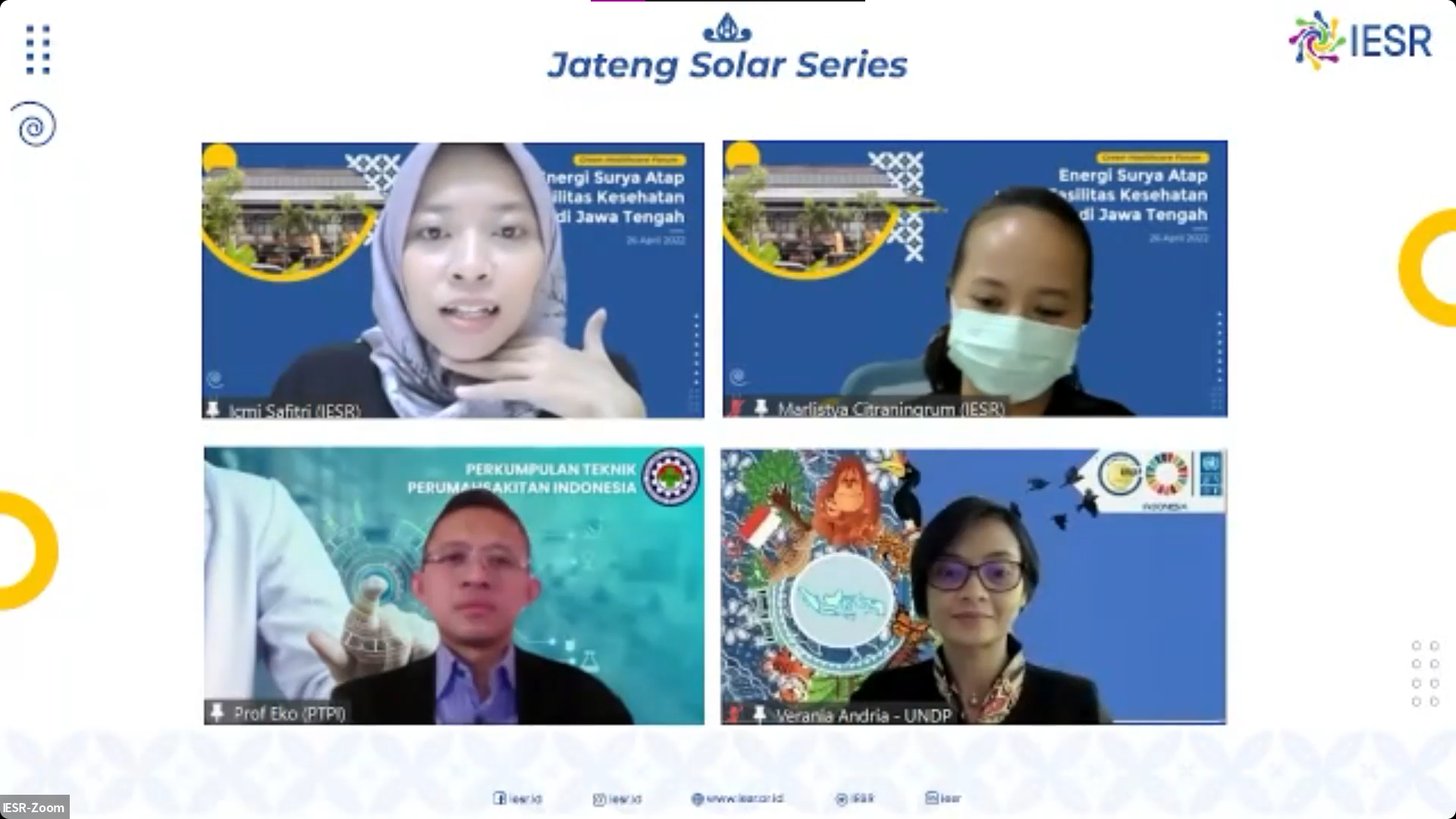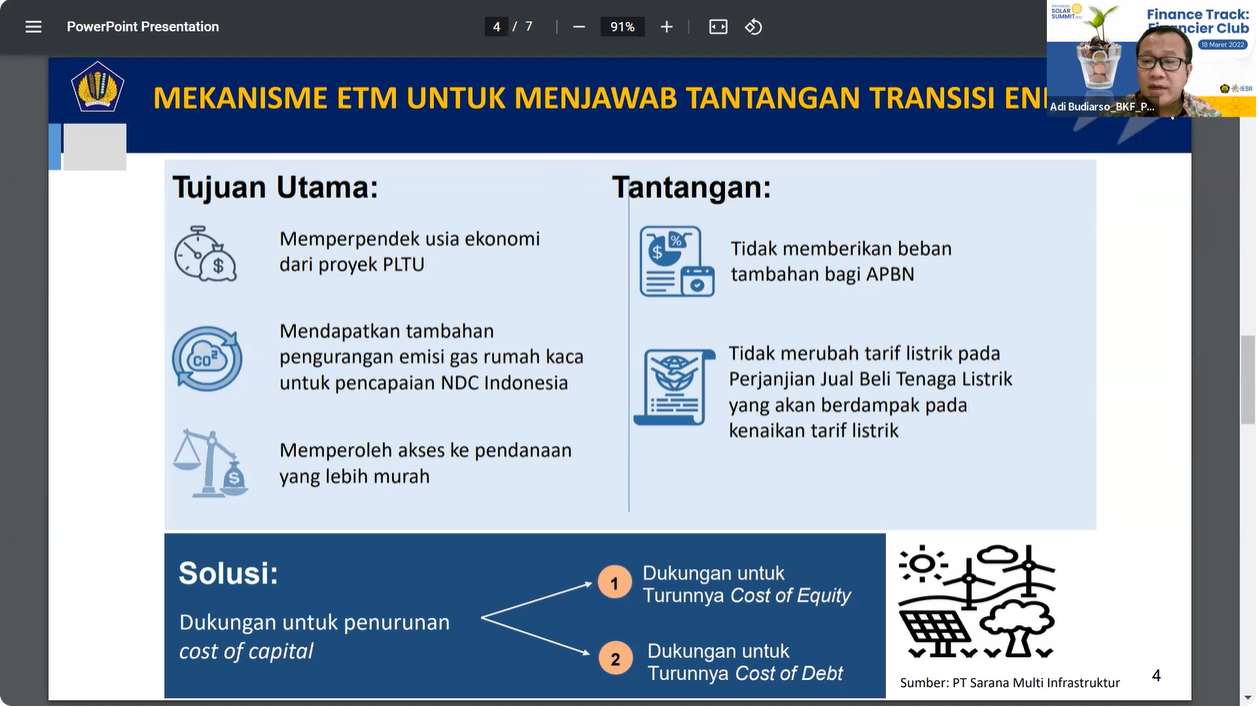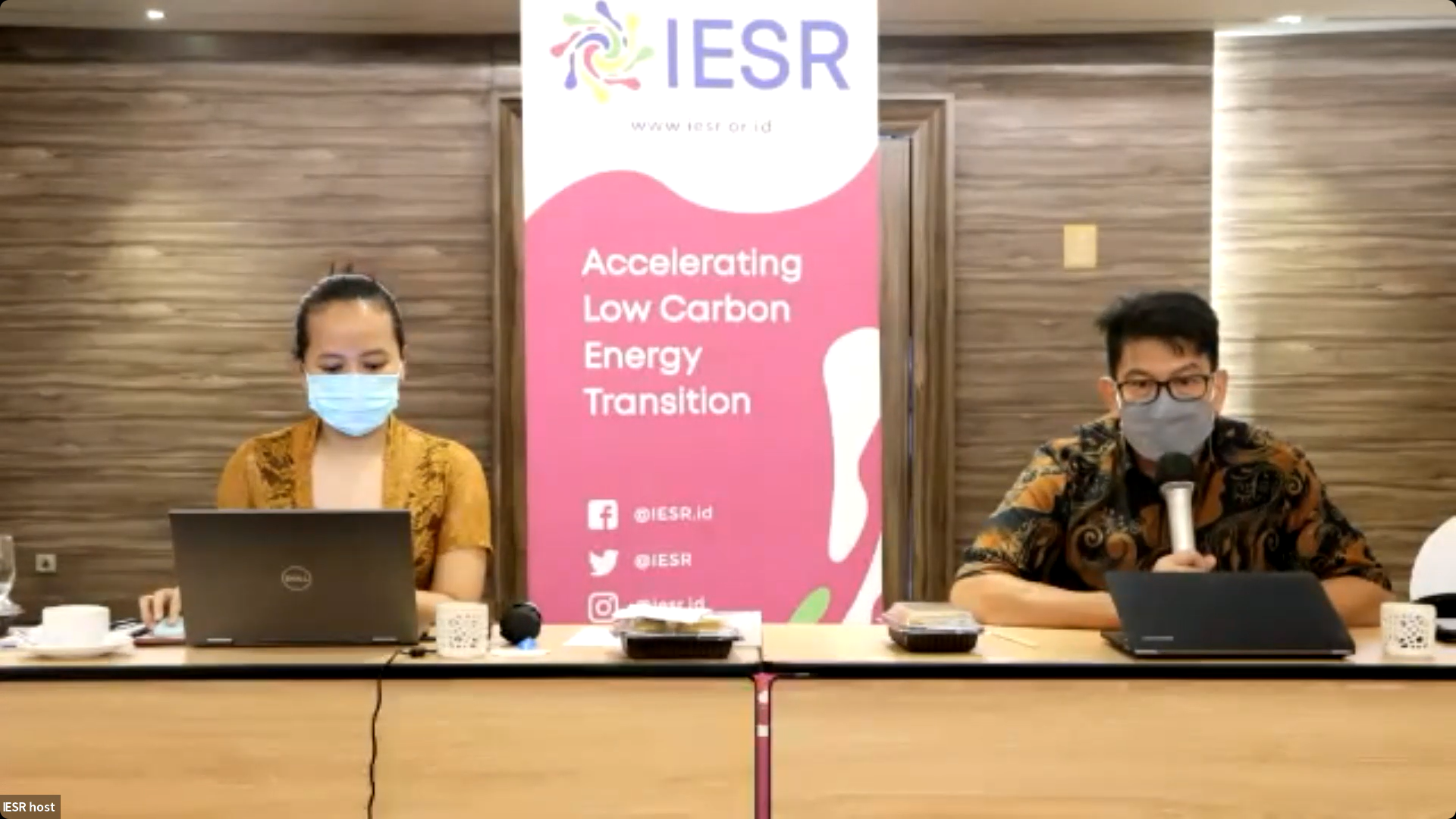Jakarta, October 27, 2022 - The use of solar energy in Indonesia needs to be accelerated. Clear rules, support for the solar PV component production industry, and capacity building in response to human resources needs in the solar energy sector also need to be prepared.
According to data from Indonesia Solar Energy Outlook (ISEO) 2023,…
